By Boverianda Nanjamma and Chinnappa* (in picture)
The areas that were most affected by the devastation caused by the recent unprecedented floods and landslides also happen to be the places where Kodava culture has been best preserved for centuries.
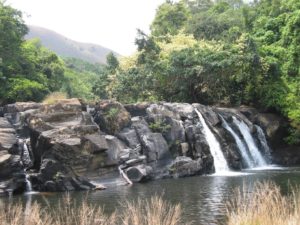
Being a remote area up in the hills, with relatively less access to civic amenities and means of communication, it was not affected much by modern influences. And that perhaps explains why the culture practiced here was not diluted over the years, as compared to that in other regions of Kodagu.
While the tangible losses to land and life in the region have dominated the news and driven the current relief and rehabilitation efforts, as they should, there is growing concern that the heritage and culture of the region might be yet another casualty of the calamity.
There is no information yet on the impact of the disaster on the shrines in the region, or on the few traditional ainmanes that remain in the region. (Many of the old thatched ainmanes in the area were either rebuilt small with tiled roofs, or were simply no longer there during our field-visits in 2005 to 2007.) Shrines and ainmanes are heritage structures where the culture of the region is practiced and preserved – so this too is a matter of grave concern.
How can a people uprooted by the disaster continue to practice their unique culture, so that it is not lost irretrievably?
This is a challenge that needs to be discussed and addressed by the cultural and educational societies and academies in Kodagu. Elders from that region could be engaged to document the dances and songs of the region and to teach them to the younger generation in other parts of Kodagu also. The shrines and ainmanes in the area that have been damaged by the disaster need to be rebuilt, retaining the traditional style of the structures.
One of the unique structures we came across during our field-visit was the Appanderappa temple at Katakeri (in picture).
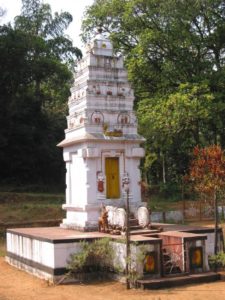
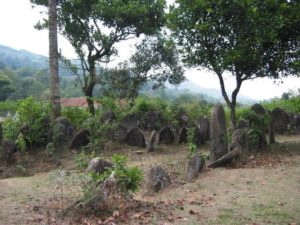
* Boverianda Nanjamma and Chinnappa, researchers, are the grandchildren of Nadikerianda A. Chinnappa, compiler of the Pattole Palame, a collection of Kodava folksongs and traditions. The Chinnappas translated the Pattole Palame into English and published it in 2003. Their book, Ainmanes of Kodagu, documenting information on the ancestral homes of the original inhabitants of Kodagu was published in 2014.

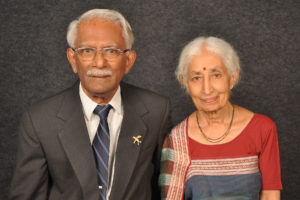
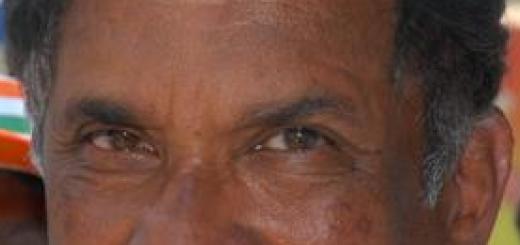
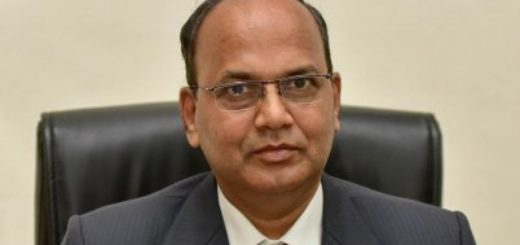
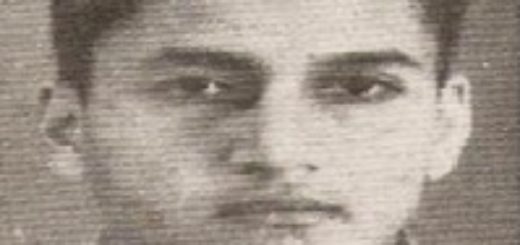

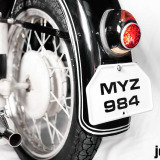

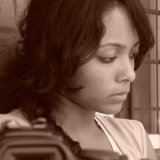
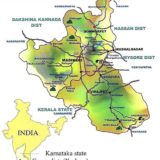
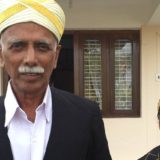
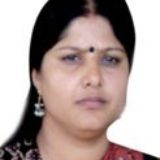
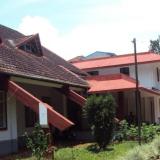
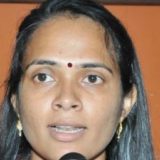
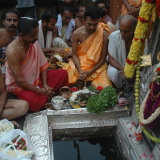
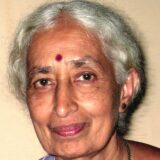

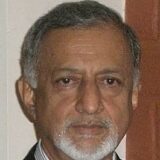
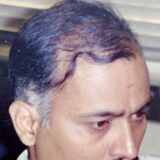
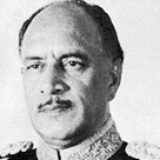





True. In the present disaster affected areas in Katakeri, Made, Karnangeri, Monnangeri, Makkandur, Mukkodlu, Kaloor, Hatti, Megathalu, Muvathoklu, areas adjoining the Pushpagiri Biosphere, Gouda & Kodava farmer families have been living in harmony. They are the trustees of temples like Appendrappa Temple Katakeri, Bhadrakali Temple at Kedakal, Makkandur and celebrate jointly wearing white kuppasa and singing ballpaat. Vokkaliga families of Baachinaadu, Haragada , Singooru & other families were village leaders wearing Kuppasa and attending Raja’s Durbar. Few Gowda families speak Kodava Thak even today. These areas were very fertile and occupied Kodagu Raja’s best men, as Kodagu Raja’s ancestry is from HALERI and are part of Ganganaadu later adopting Veerashaiva Religion.
The disaster that hit Coorg is a wake up call to all of us to rethink the model of development we adopt. We can no longer think of shaping human society as if the earth does not matter. Economic growth must be tempered with forethought on its impact on human society. This is essential to save the earth for the future generations